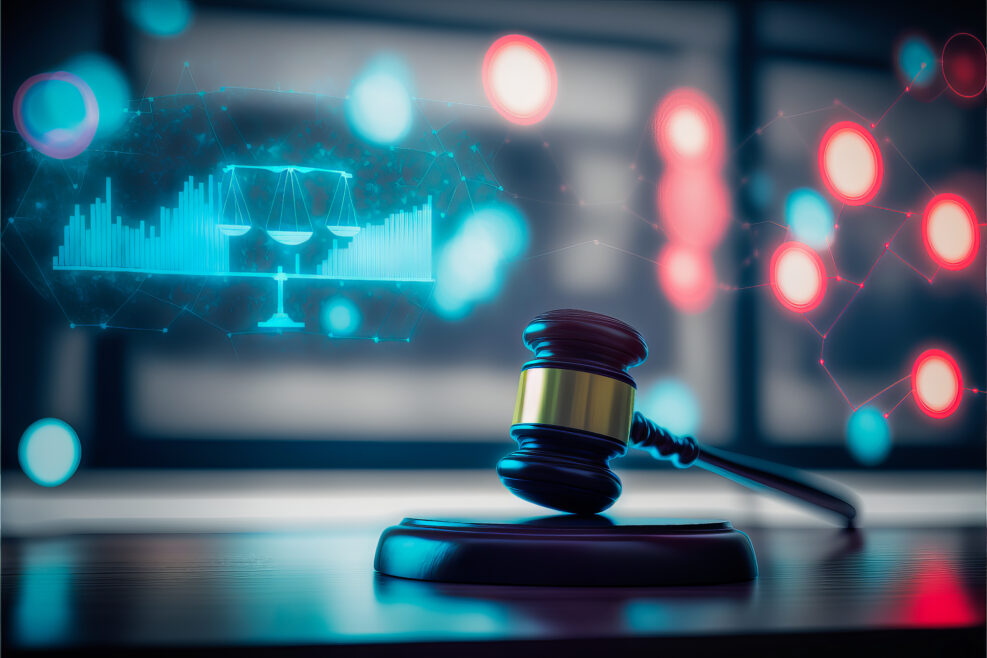
Supreme Court Ruling Strikes a Blow to “Generative AI”
Ouch. That's a big loss for AI. Here's why:Can generative AI “think outside the box” even as it draws from preexisting material on the internet? Are the images it produces protected under “fair use”? The Supreme Court of the United States (SCOTUS) has decided “no.” AI fails to be “transformative,” meaning it can’t create new meaning apart from its source material. Robert J. Marks reported on the recent lawsuit Warhol v. Goldsmith, writing, Assume AI is trained with all of the musical compositions of Bach. If the AI generates music that sounds like Bach, it is not transformative. The “meaning or message” can be construed as being the same. It’s still like Bach. On the other hand, if the AI is trained only on Bach but generates music Read More ›




